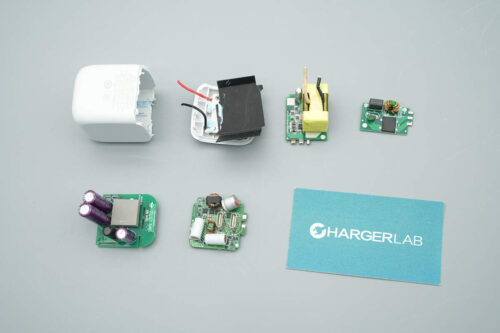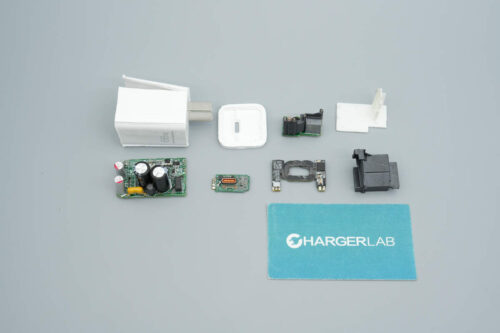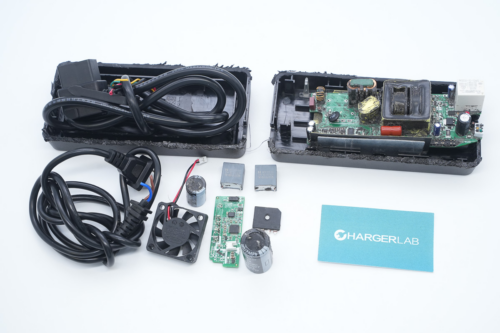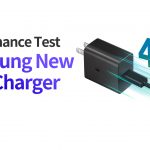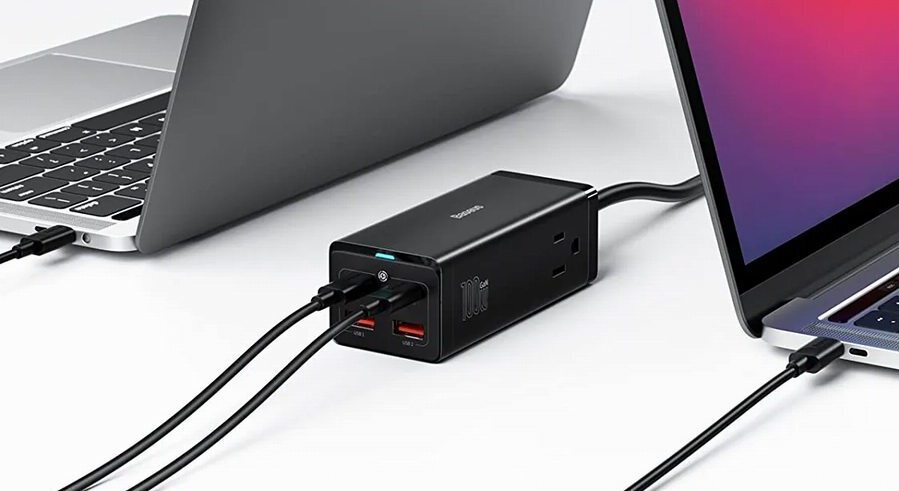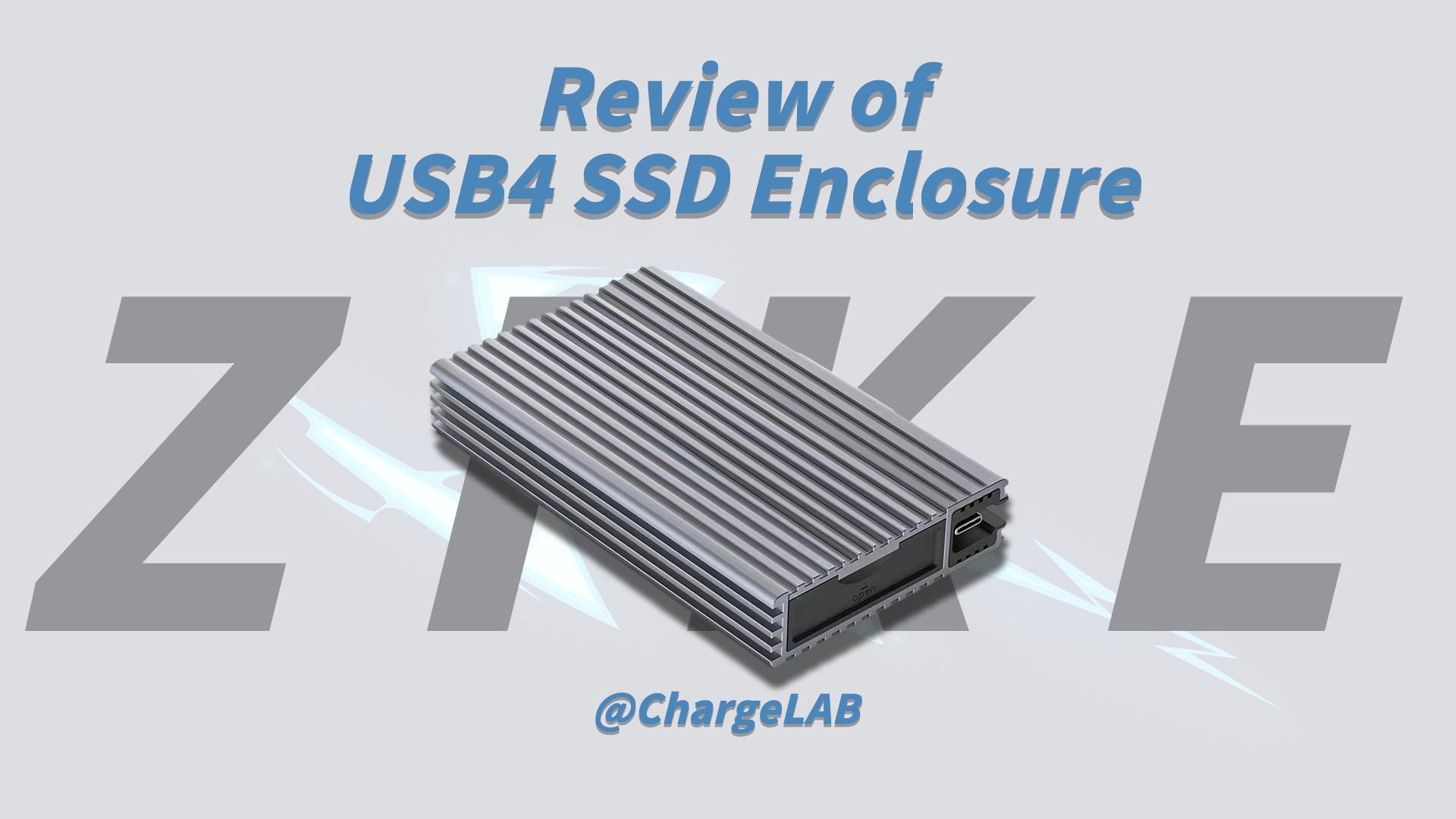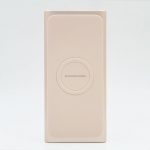Recently, ANKER PowerCore Fusion Power Delivery officially launched on the Apple store, becoming the first GaN charger sold by the Apple store. It is a charger and power bank two-in-one combo product, equipped with USB-A and USB-C ports for great compatibility for both old and new devices. Judging from the "Power Delivery" in its name, we can know that it supports the latest PD fast charging standard. It is simple in terms of creativity and practicality as we don't have to carry lots of chargers and power banks with us, a true convenience.
As early as 2016, ANKER launched the ANKER PowerCore Fusion series, which became a hot topic of the industry immediately, as it revolutionized the concept of integration. In 2018, ANKER pioneered the application of GaN to the charging industry of consumer electronics, launching the ANKER PowerPort Atom PD 1 GaN as the world's first mass production GaN charger. The new ANKER PowerCore Fusion Power Delivery also adopts GaN units, which reduces the size of the product and improves conversion efficiency.
Will the latest and greatest tech make it better than ever? Let's take a closer look.
I. Unboxing

The ANKER PowerCore Fusion Power Delivery comes with classic ANKER package design featuring a clean white box with blue accents. We brought our review unit from Apple Hong Kong store, and it comes with a UK standard plug.

Compatibility notes on the side. It can charge your iPhone, iPad, and Macbook.

Usage scenario images showing the unique two-in-one feature of the product.

Attention to details on the top of the box.

Slides open, and behold the charger!

It comes with a user manual, no cable included.

The ANKER PowerCore Fusion Power Delivery is made of white plastic with a glossy finish, it has a satisfying smooth touch, but also attracts fingerprints. On the side we see a circular button, with which you tap to activate the output of the power bank. There are 6 LED lights surround the button, which can indicate the remaining power of the power bank. When pressed, the lights will be turned on in turn, in a delightful motion.

In contrary to the body, the back panel features a matte finish with elegant chrome trim around the edge. There is a USB Type-C port which supports PD and a traditional USB-A port with ANKER's PowerIQ technology.

Specifications on the bottom: Model: A1622Capacity: 3.63 Vdc 5000mAh/18.15WhInput: 100-240V ~ 1.6A 50-60HzCharger mode output:USB-C: 5V/3A 9V/3A 15V/2A 20V/1.5AUSB-A: 5V/2.4ABattery mode output:USB-C: 5V/3AUSB-A: 5V/2.4AUSB A&USB C: 5V/3A (1.5A Max Per Port)

A closer look at the circle button with LED indicators.

Size comparison with the Apple 87W charger. The ANKER weighs 266.7g(9.4oz).
II. ReviewThe Anker PowerCore Fusion Power Delivery efficiently combines a power bank with a wall charger. In charger mode, the USB-C port can provide maximum 30W of power with Power Delivery, while the USB-A port can provide 12W of power with PIQ. The battery capacity is 5000mAh/18.15Wh.
1. Charging protocols test

In power bank mode. With ChargerLAB Power-Z KT001 USB Power Monitor, we know that its USB-A port supports Apple 2.4A charging protocol.

And its USB-C port supports DCP charging protocol in power bank mode.

PDO information reveals this USB-C port is capable of 5V/3A 15W max PD3.0 quick charging output in power bank mode.

In charger mode, it supports the same charging protocols as in power bank mode. But the USB-C charging output increased to 5V/3A 9V/3A 15V/2A 20V/1.5A 30W max.
2. Compatibility Test(power bank mode)

Use the USB-C port to charge the iPhone XS Max, we are getting 5.13V 2.53A 12.99W, under PD protocol.

Use the USB-C port to charge the iPhone XS Max, we are getting 5.14V 2.31A 11.9W, under PD protocol.

Use the USB-C port to charge the iPhone XS Max, we are getting 5.13V 2.53A 12.99W, under PD protocol.

Our Mate 20 Pro is getting 5.03V 1.61A 8.11W, under PD protocol with the USB-C port.

Our Galaxy S10+ is getting 5.14V 2.26A 11.65W, under PD protocol with the USB-C port.

Our Mi9 is getting 5.12V 2.82A 14.46W, under PD protocol with the USB-C port.

Use the USB-C port to charge the iPad Pro 11-inch, we are getting 5.11V 2.91A 14.91W, under PD protocol.

Use the USB-C port to charge the iPad Pro 10.5-inch, we are getting 5.07V 1.41A 7.19W, under PD protocol.

Use the USB-C port to charge the iPad Air 3, we are getting 5.11V 2.91A 14.92W, under PD protocol.
USB-C port charging results(in power bank mode)
Now let's take a look at its USB-A port charing performance in power bank mode.

Use the USB-A port to charge the iPhone XS Max, we are getting 5.06V 2.21A 11.23W, under Apple 2.4A protocol.

Our Mate 20 Pro is getting 4.98V 1.34A 6.67W, at normal charging speed with the USB-A port.

Our Mi9 is getting 4.96V 1.48A 7.36W, at normal charging speed with the USB-A port.

Use the USB-A port to charge the iPad Pro 11-inch, we are getting 4.89V 1.41A 7.03W, at normal charging speed.

Use the USB-A port to charge the iPad Air 3, we are getting 4.9V 2.31A 11.36W, under Apple 2.4A protocol.

Use the USB-A port to charge the iPad Air 2, we are getting 4.9V 2.37A 11.62W, under Apple 2.4A protocol.

Use the USB-A port to charge the iPad mini 5, we are getting 4.9V 2.31A 11.34W, under Apple 2.4A protocol.
USB-A port charging results(in power bank mode)
As seen from the table, you can find that the ANKER PowerCore Fusion Power Delivery USB-A port offers great compatibility in power bank mode, in which it can shake hands with the device that supports the Apple 2.4A protocol. For devices that do not support the protocol, it will charge them at normal speed.

In power bank mode, the two ports can output power at the same time. The above picture shows the USB-C port charging the Huawei Mate 20 Pro and the USB-A port charging the Mi9, with the power output being 6.13W and 7.34W respectively.
As mentioned above, the PD power output by the USB-C port of the ANKER PowerCore Fusion Power Delivery is enhanced in the charger mode. But we found that the USB-A output power does not change significantly in charger mode. So let's check out its USB-C port charing performance in charger mode.
3. Compatibility Test(charger mode)

In charger mode. Use the USB-C port to charge the iPhone XS Max, we are getting 9.1V 1.94A 17.69W, under PD protocol.

Our Galaxy S10+ is getting 9.13V 1.54A 14.11W, under PD protocol.

Our Galaxy S8+ is getting 5.14V 2.39A 12.33W, under PD protocol.

Our Huawei P20 Pro is getting 9.13V 1.61A 14.73W, under PD protocol.

Our Mi9 is getting 9.11V 1.9A 17.32W, under PD protocol.

Use the USB-C port to charge the iPad Pro 11-inch, we are getting 15.06V 1.86A 28.16W, under PD protocol.

Use the USB-C port to charge the MacBook Pro 2018 13.3-inch, we are getting 19.72V 1.43A 28.21W, under PD protocol.

Use the USB-C port to charge the MateBook 13, we are getting 19.72V 1.37A 27.18W, under PD protocol.
From the table, we can see that the USB-C port of the ANKER PowerCore Fusion Power Delivery in charger mode enabled PD charging for all the test devices, and the power output is generally higher than in the power bank mode. It can also charge laptops in 20V.
4. 0%~100% Charging Test
Our last test is 0%~100% charging test using POWER-Z AC power tester, the results are shown in the following tables.

The figure above shows the charging power curve. The first thing to note is that the power shown is the ANKER PowerCore Fusion Power Delivery AC pin input power. As can be seen from the figure, the starting power reached 9.08W and continued to rise, reaching a maximum power of 10.65W at 1 hour and 44 minutes of charging and then began to fall, and finally completed charging at 2 hours and 46 minutes. Judging from the curve, the charging strategy is a common battery-side CCCV strategy.

From the charging variation table, we can see ANKER PowerCore Fusion Power Delivery can charge 21% of the power in half an hour, and can charge 44% of the power in one hour. The whole process took 2 hours and 46 minutes.
III. ChargerLAB Conclusion
The ANKER PowerCore Fusion Power Delivery features a minimalistic look with a glossy finish and a smooth touch. With the help of the latest GaN units, the charger is capable 30W PD fast charging through its USB-C port, while the inclusion of a USB-A port adds versatility. Due to the increase in output power, the volume and weight are slightly increased compared to the old Super Charge 5000.
The USB-C and USB-A ports support PD and Apple 2.4A protocols. During our test, the compatibility of the two ports is nice, both enabled handshakes for respective charging protocols, and they can charge two devices at the same time.
The main selling point of the Anker PowerCore Fusion Power Delivery is that it combines a power bank with a wall charger. In charger mode, the USB-C port can provide maximum 30W of power with PowerDelivery in charger mode, and 5V/3A 15W max in power bank mode. In charger mode, the ANKER PowerCore Fusion Power Delivery supports 19V charging which is ideal for laptops. While in power bank mode, the USB-C port remains charging in high voltage PD standard.
Overall the ANKER PowerCore Fusion Power Delivery is one of the most powerful ones in ANKER's charger family which combines versatility and style. A unique two-in-one solution for people who are always on-the-go.
Source: chongdiantou


